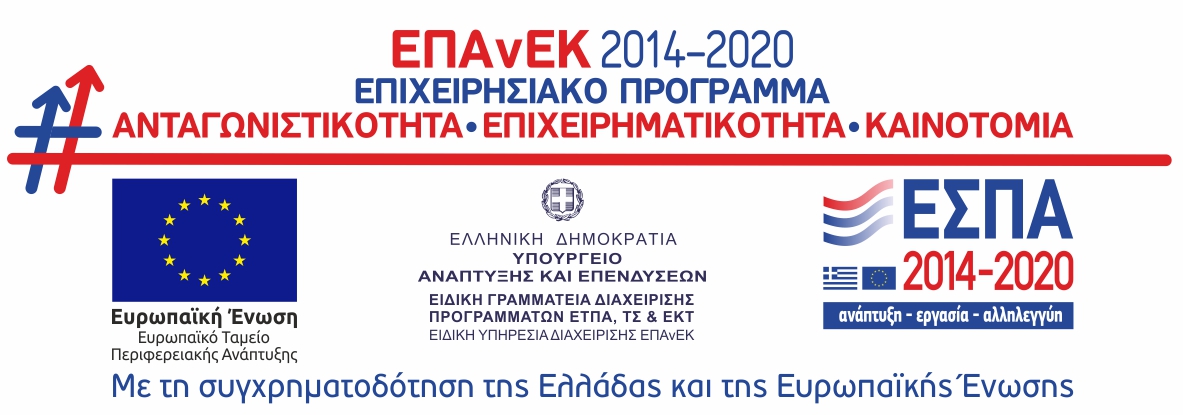In this final post Eyes Open and Uncover author, Ben Goldstein, continues to explore how teachers can develop their teenage learners’ global competence through language learning.
We previously introduced the concept of global competence, and how it can be practically applied through using images in the classroom. In this third and final post on global competence, we look at how a specific video can provide a useful trigger for encouraging discussion and understanding of important global issues – how we see ourselves and our culture, and how others see us.
The videos referred to in this post can be viewed in this following YouTube playlist. Other videos in the same playlist which can help foster global competence are: Amar, It’s in Your Hands and Panyee FC. These videos accompany the teachers’ handbook Language Learning with Digital Video.
Preparation for viewing
One of the central ideas behind global competence is the importance of adopting a critical perspective, particularly with regard to how aspects of culture are transmitted. This task asks learners first to consider a specific country – Spain – and think of typical images or ideas that are associated with it. In this way, we try to see the differences between how Spain is viewed from an insider and an outsider’s perspective.
Firstly, learners consider what they would expect to find in a short video about Spain. If students have limited knowledge of this country you could give them a series of different images and ask them which they think apply to it. For example, they could choose an option from different binaries such as: beach/jungle, bullfighting/horse-racing, tequila/sangria, etc. It does not matter at this stage that these options are clichéd or obvious.
In order to activate schema, you could also put these cultural artefacts into categories: climate, food and drink, sport, architecture, entertainment, landscape, music, etc.
Viewing
Students then watch the video Sweet Spain and see how many of their predicted images of Spain appeared in the video and which other images were different. Prompt feedback from the class with the following questions (select those most appropriate for your class’ age, level and prior knowledge):
- Which images of Spain were familiar / new to you?
- Do you think any elements were stereotypical and/or represented an outsider’s view? If so, why?
- What is the overall feeling transmitted about Spain in the video?
- How do these images influence and/or alter our perception of the Spanish people?
Post-viewing reflection
In the above video, stereotypical images of bull-fighting, Andalusian white towns and landscapes are featured, the weather is always sunny and classical architecture from cities such as Madrid and Seville are included. The images are inherently positive and uplifting. However, it’s possible that a person from the north of Spain would not be able to relate to any of these images at all. The music is also very dynamic but definitely not Spanish!
Follow-up task
Finally, learners reflect in groups on their own context. For this task, they need to consider which stereotypical images of their country or culture exist and how these are manifested. For example, it may be that there are postcards sold to tourists which only showcase the positive icons of their culture, or that some tourists actually buy some souvenirs which are actually not typical of their culture at all (e.g. the sale of Mexican hats in Spain, or bull memorabilia sold in cities such as Barcelona where bull-fighting is now banned).
Once students have reflected on these stereotypes, they then have to think of what they would include in a two-minute video about their own country. It is important that they consider images and artefacts that they feel accurately reflect the reality of their culture. In so doing, they will have to necessarily reject and accept certain stereotypes and possibly include images that are not exclusively positive. They can gather still images and create a storyboard of what their video would consist of, even feature a soundtrack.
Groups take it in turns to describe their videos, justifying their choice of images and explaining their acceptance or rejection of stereotypes where appropriate. Then in open class, conduct a discussion of the videos. You could select from the following questions again depending on the level and age of your learners:
- Which videos challenged / accepted stereotypes? How did they do this?
- Which videos represented cultural diversity? How?
- Which videos featured a negative image of the culture? In what way was it negative?
- Which videos showcased an aspect of cultural life that is usually overlooked?
- How do these videos differ from the conventional portrayal of your culture in the world?
Want to run a cultural film-making project with your class? Why not get started with our three-part lesson pack from Ben Goldstein and Ceri Jones.

Ben Goldstein, author of Eyes Open and Uncover, looks at the basics when it comes to global competence and teenage learners – what actually is it and why is it important to develop it? Later in this series, Ben will also provide practical activities for teachers to do in the classroom.











